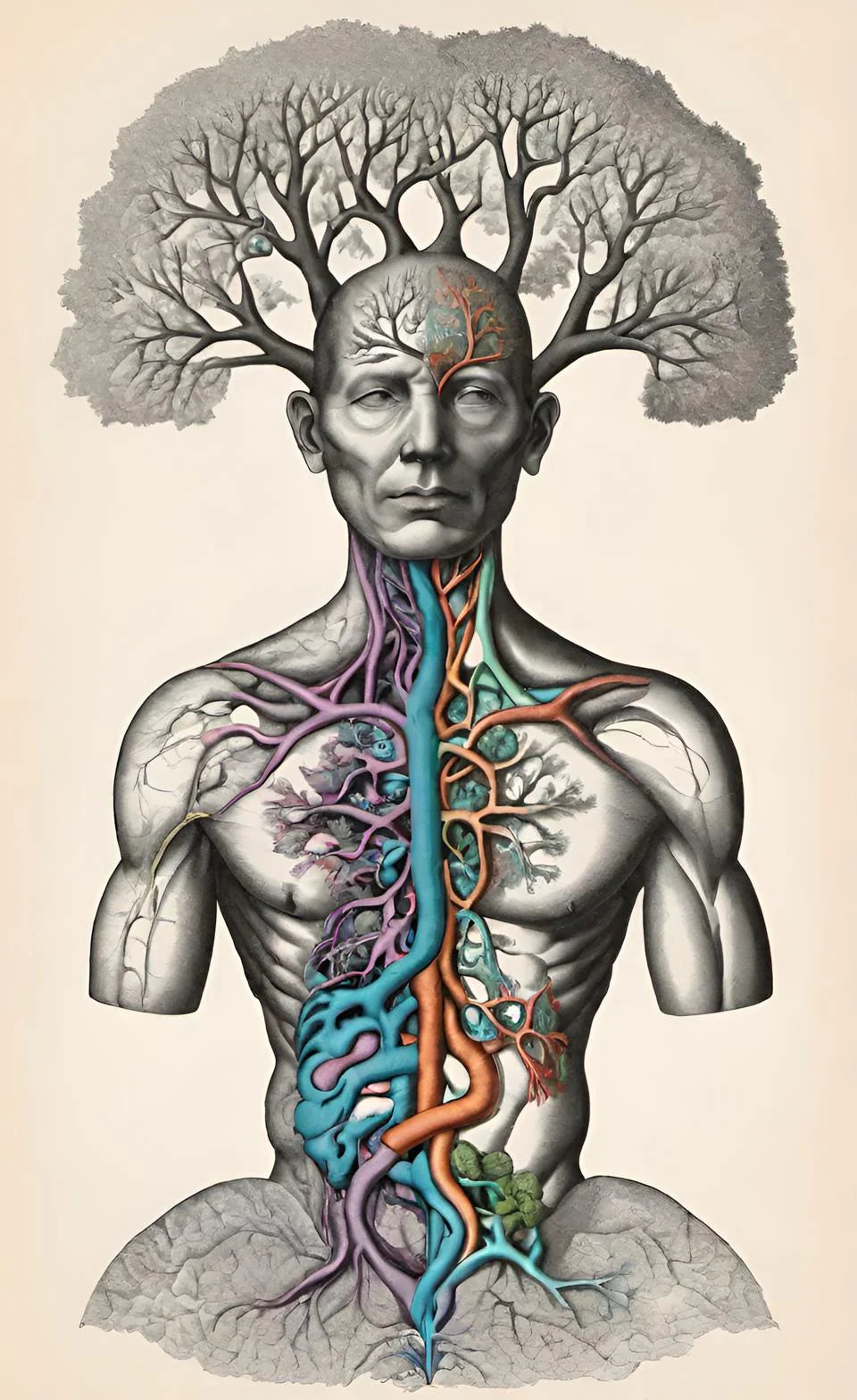
Understanding Polyvagal Theory: Nurturing Emotional Regulation and Connection
Polyvagal theory, developed by Dr. Stephen Porges, provides a groundbreaking framework for understanding the complex interplay between our nervous system, emotions, and social interactions. This theory sheds light on the body's physiological responses to stress and how they shape our experiences and behaviors. In this comprehensive article, we will delve into the intricacies of polyvagal theory, describing each stage in detail and exploring practical ways to apply this knowledge in our daily lives. The information presented is supported by recent studies, trends, and expert opinions, offering up-to-date and accurate insights into the practical application of polyvagal theory.
The Polyvagal Theory
Polyvagal theory explains the autonomic nervous system's role in our responses to threat and safety, highlighting the importance of social engagement and emotional regulation. It identifies three distinct stages that influence our physiological and psychological experiences:
Stage 1: Ventral Vagal Complex (Safety and Connection):
The ventral vagal complex is associated with a sense of safety and social connection. When activated, it enables engagement with others, fosters emotional regulation, and supports social communication. This stage promotes feelings of calmness, openness, and a willingness to connect with others.
Stage 2: Sympathetic Activation (Mobilization and Fight/Flight):
The sympathetic activation stage is triggered in response to perceived threat or danger. It prepares the body for action, leading to increased heart rate, rapid breathing, and heightened arousal. This stage is characterized by mobilization and the fight/flight response, aiming to ensure survival in the face of danger.
Stage 3: Dorsal Vagal Shutdown (Immobilization and Freeze):
The dorsal vagal shutdown stage is activated when the threat overwhelms the individual's ability to fight or flee. It is associated with immobilization, freeze responses, and a sense of helplessness or dissociation. In this state, heart rate and respiration slow down, and energy is conserved.
Practical Application of Polyvagal Theory
Understanding polyvagal theory can empower us to recognize our physiological responses to stress and make conscious choices to regulate our emotions and enhance social connection. Here are some practical ways to apply polyvagal theory in practice:
Enhancing Safety and Connection
To activate the ventral vagal complex and promote safety and connection:
- Engage in practices that foster social connection, such as spending quality time with loved ones or participating in group activities.
- Cultivate self-compassion and self-care to create a sense of safety within yourself.
- Practice deep breathing exercises, mindfulness, and relaxation techniques to regulate emotions and promote calmness.
Managing Sympathetic Activation
When experiencing sympathetic activation and heightened arousal:
- Engage in physical activities such as exercise, dancing, or brisk walking to discharge excess energy.
- Use grounding techniques like deep breathing, progressive muscle relaxation, or sensory grounding (e.g., focusing on the senses) to regulate the body's response.
- Seek support from trusted individuals to express emotions and reduce the intensity of the stress response.
Supporting Dorsal Vagal Regulation
If feelings of immobilization and freeze arise:
- Create a safe and nurturing environment by surrounding yourself with comforting objects or engaging in soothing activities.
- Practice self-soothing techniques, such as gentle touch, warm baths, or listening to calming music.
- Seek professional support, such as therapy or counseling, to address underlying trauma and promote healing.
Integrating Polyvagal Theory in Daily Life
Self-Reflection: Develop self-awareness by observing your physiological responses to different situations. Notice signs of safety, activation, or shutdown, and reflect on the triggers and patterns.
Regulation Practices: Incorporate self-regulation practices into your routine to foster emotional well-being. This may include mindfulness, meditation, breathing exercises, yoga, or journaling.
Social Engagement: Prioritize meaningful social connections and nurturing relationships. Engage in activities that promote collaboration, empathy, and understanding, enhancing feelings of safety and connection.
Professional Support: Seek guidance from therapists or practitioners familiar with polyvagal theory to deepen your understanding and receive personalized support.
The Bottom Line
Polyvagal theory provides a comprehensive framework for understanding the intricate relationship between our nervous system, emotions, and social interactions. By familiarizing ourselves with the stages outlined in polyvagal theory and applying practical techniques, we can cultivate emotional regulation, nurture social connection, and navigate stress more effectively. Remember, incorporating polyvagal theory into our daily lives is a continuous process that requires self-compassion and patience. By embracing this knowledge, we can foster resilience, promote well-being, and thrive in our relationships and personal growth journeys.
